Home • Microfinance • Article
3 Ways a LA Kiva Borrower is Leading a Local Food Revolution
April 15, 2014
Nelson’s store is the snack mecca for his neighborhood including dozens of junior and senior high school students who swarm the store every afternoon. Previously, on any given afternoon, you would see kids line up out the door to purchase excessively sugary, salty and processed snacks that made up most of Nelson's store inventory. Nelson wanted to change that! He partnered with his trustee, Los Angeles Food Policy Council, to makeover his store and provide healthier food and snack options to his customers. Part of the funding for the Healthy Neighborhood Market Network Project came from over 200 lenders through Kiva Zip! Now, students looking for a grab-and-go bite can reach for tangerines, bananas, yogurts, trail mixes, baggies of apples or carrots, or protein bars.
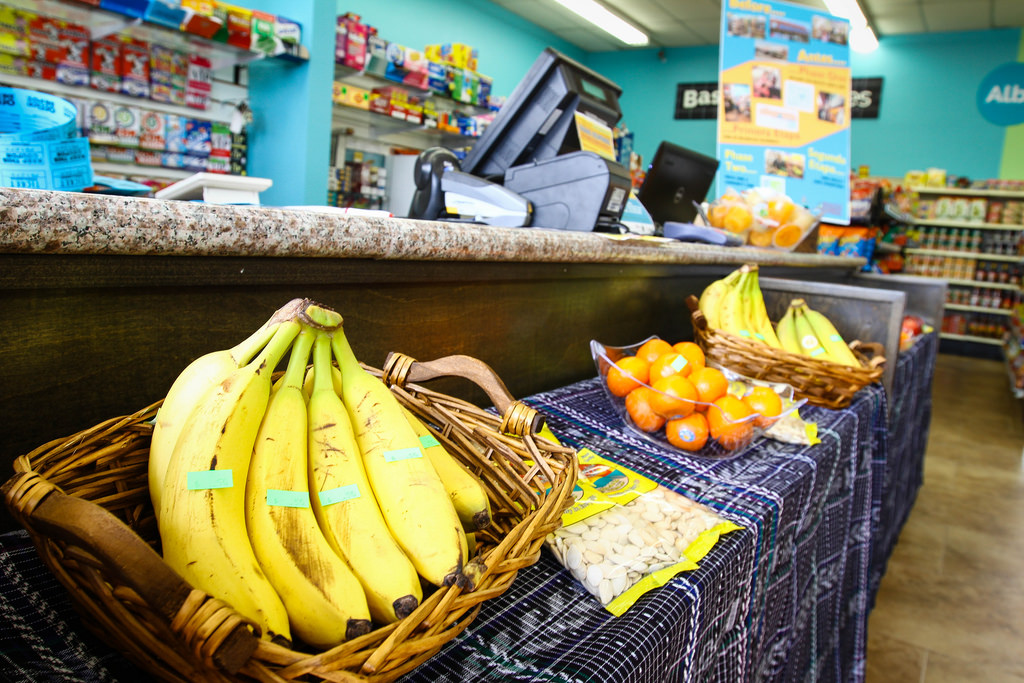 Photo Credit: Rudy Espinoza
Photo Credit: Rudy Espinoza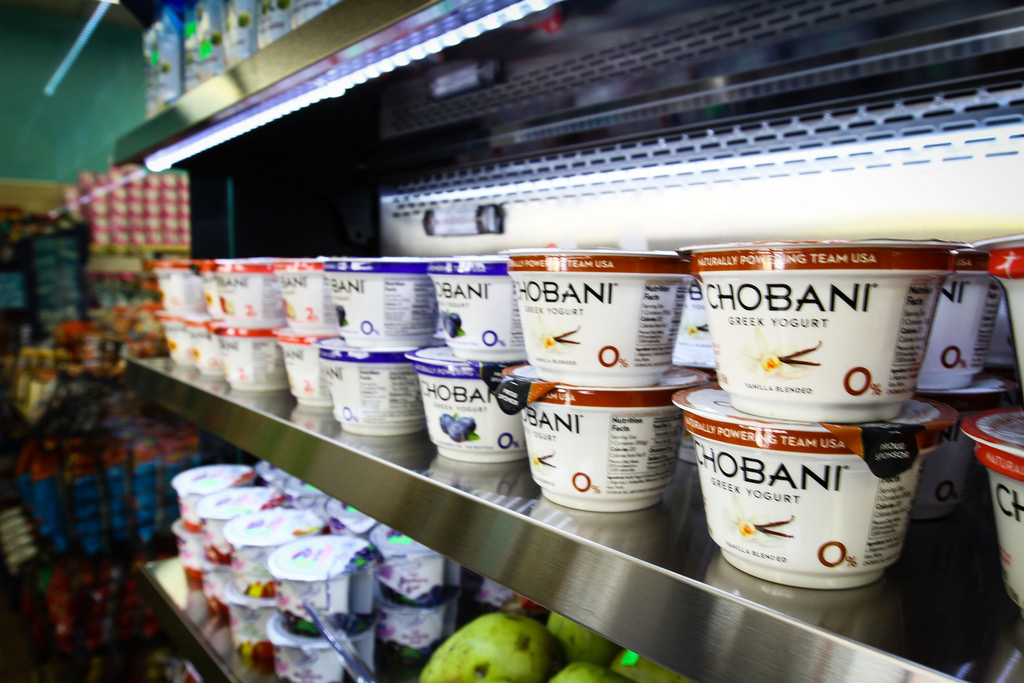 Photo Credit: Rudy Espinoza
Photo Credit: Rudy Espinoza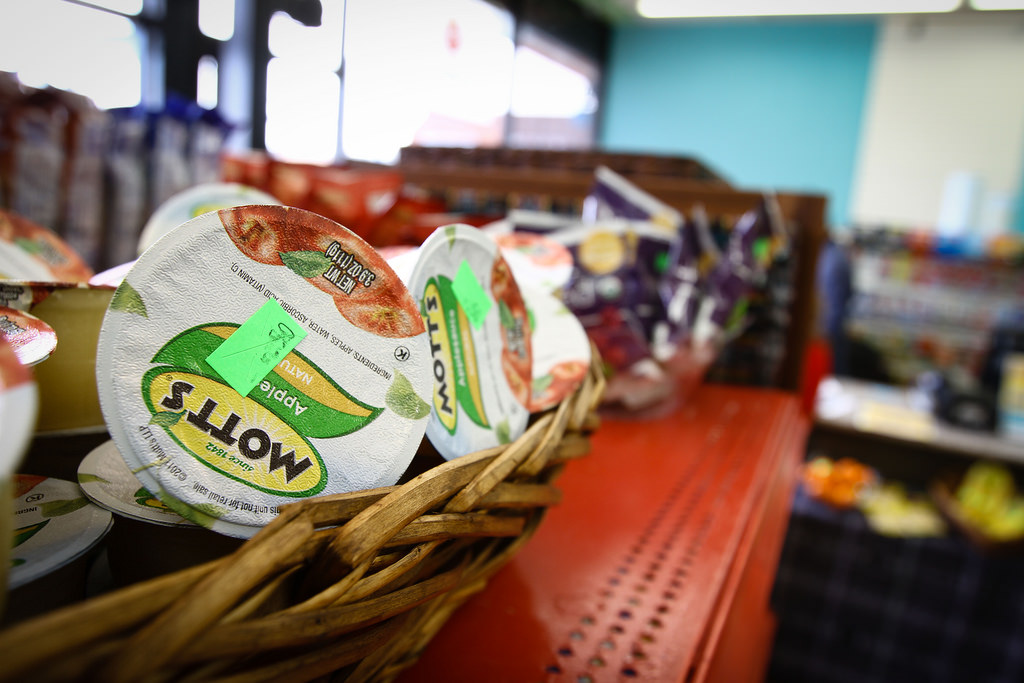 Photo Credit: Rudy Espinoza
Photo Credit: Rudy Espinoza Photo Credit: Rudy Espinoza
Photo Credit: Rudy Espinoza2. His Community: Leading Neighborhood Health Changes
Nelson isn't just a health-conscious entrepreneur, he's also a community leader leading change in his neighborhood. For his “market makeover” project, Nelson has engaged and formed quite a team from his neighborhood and throughout LA: a principal, teachers and student leaders from nearby Hawkins High School, a brand strategist from a food retail consulting firm called Shook Kelley, an architect, a graphic designer, community development practitioners from LURN, food policy friends at the Los Angeles Food Policy Council and nearly 200 backers through a Kiva Zip loan.
More impressive is Nelson's commitment to making long-term changes in his neighborhood. Several neighborhood institutions have committed to regularly buy healthy food from Nelson's store and send students, patients and constituents to Nelson's store to purchase healthy foods. These institions include nearby Hawkins High School, St. John’s Well Child and Family Center, Southern California Library, Voice Neighborhood Council and John Muir Middle School.
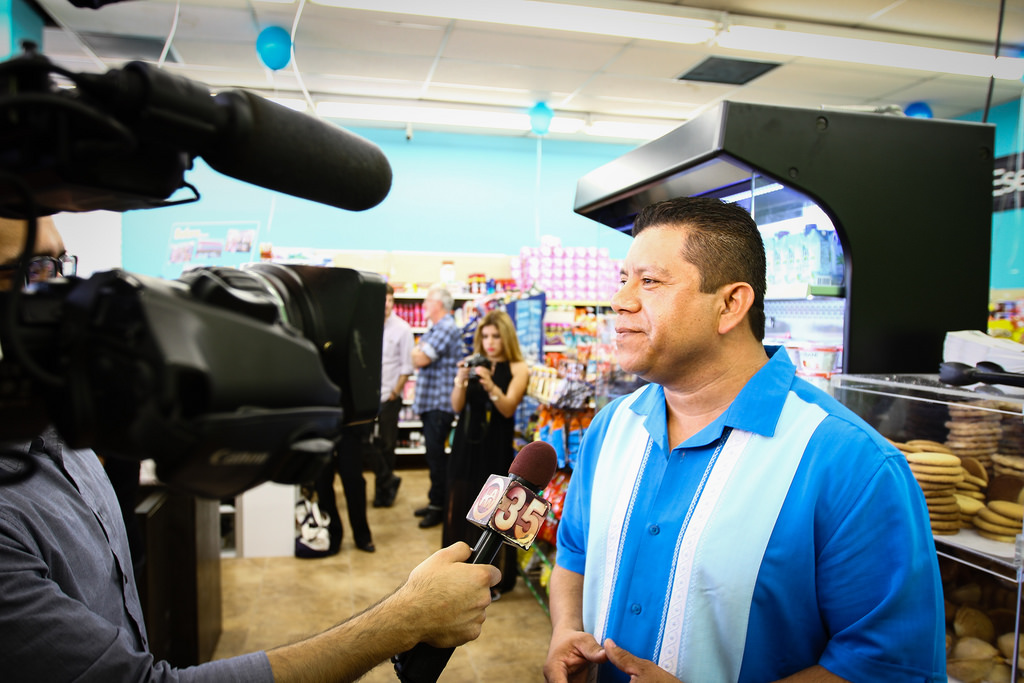 Photo Credit: Rudy Espinoza
Photo Credit: Rudy Espinoza3. His City: Expanding Health Initiative Throughout Los Angeles
Nelson’s store conversion project is a part of a larger effort to expand access to healthy food in parts of Los Angeles with diminished healthy food options by encouraging existing convenience stores and neighborhood markets to offer healthier products. The link between the kind of food available in one’s neighborhood and one’s health is well-documented. If you grow up in a neighborhood environment overrun with fast food options and liquor stores, it is easy to see that your limited options will impact your ability to get your “five a day” of fruits and veggies. With diminished food options near you, your chances of struggling with diet-related health problems such as diabetes, heart disease and obesity will increase. Where you live informs how you eat which impacts your health and quality of life in significant ways.
The key to revitalizing low-income communities and changing the way food systems work is by identifying leaders in our community that are already taking risks and invest in their visions. Nelson is a great example. His market makeover project highlights his inherent strengths as a socially conscious entrepreneur. He seeks to develop a sustainable business model that he hopes to replicate throughout South Los Angeles. While the project’s focus was on incorporating healthy food into his store, the project was largely driven by Nelson’s leadership and vision. No matter what happens at Alba Snacks & Services, South Los Angeles has in Nelson a freshly motivated small business leader who will fight for the health of his community.
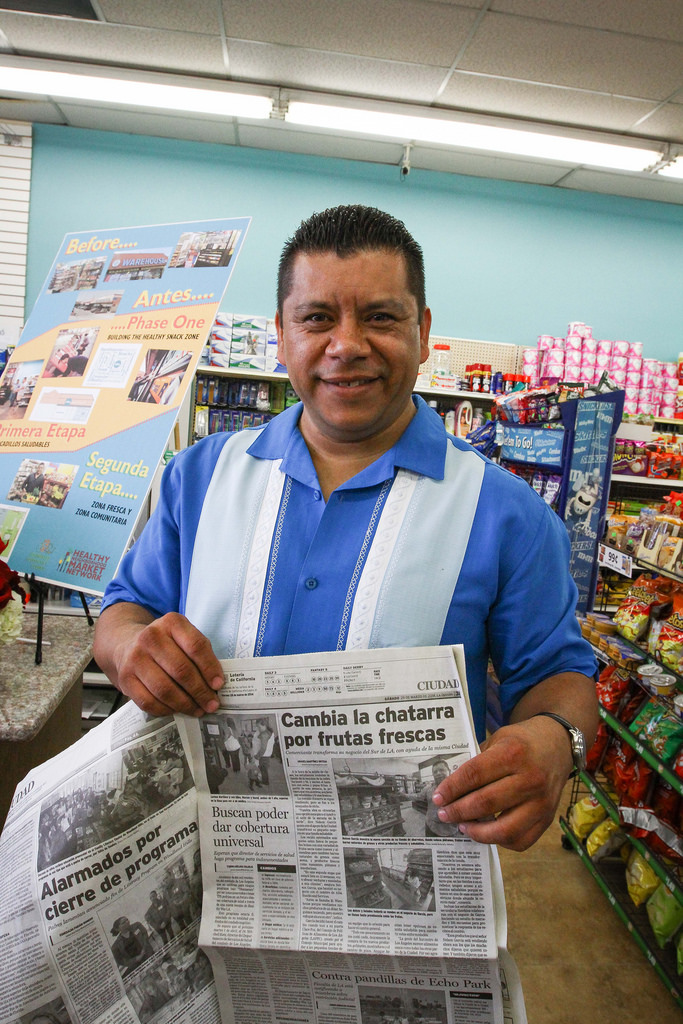 Photo Credit: Rudy Espinoza
Photo Credit: Rudy EspinozaSpecial Thanks to Clare Fox (LA Food Policy Council) and Rudy Espinoza (LURN) for content and photos for this blog post!
PREVIOUS ARTICLE
'Petty' Traders Hustle to Survive, Looking for a Way Up →NEXT ARTICLE
From Soccer Pro to Sewing Pro in Sierra Leone →













